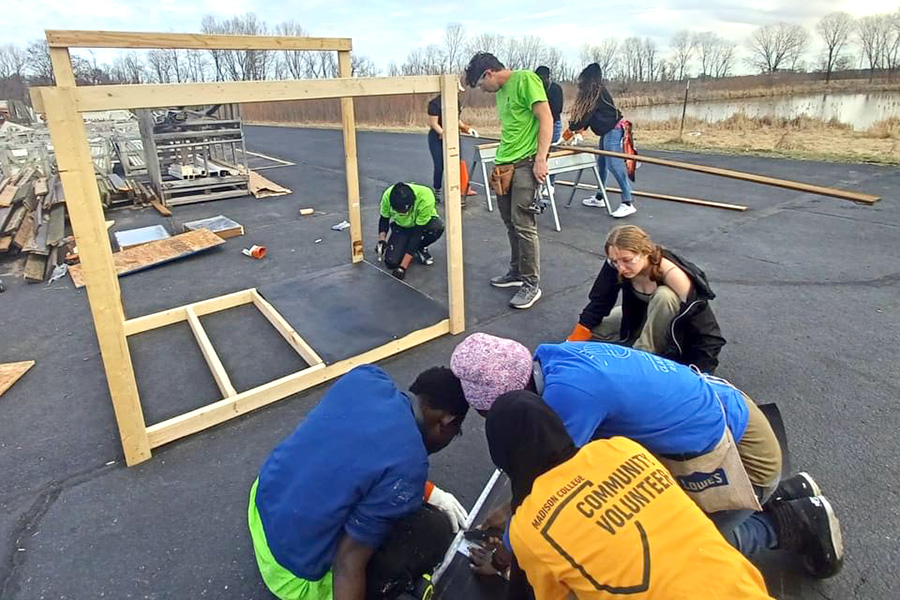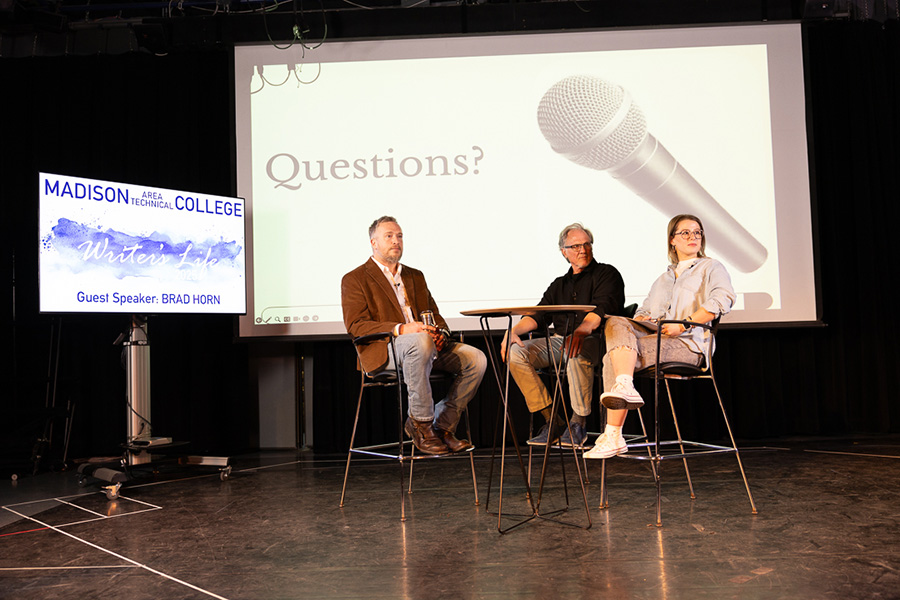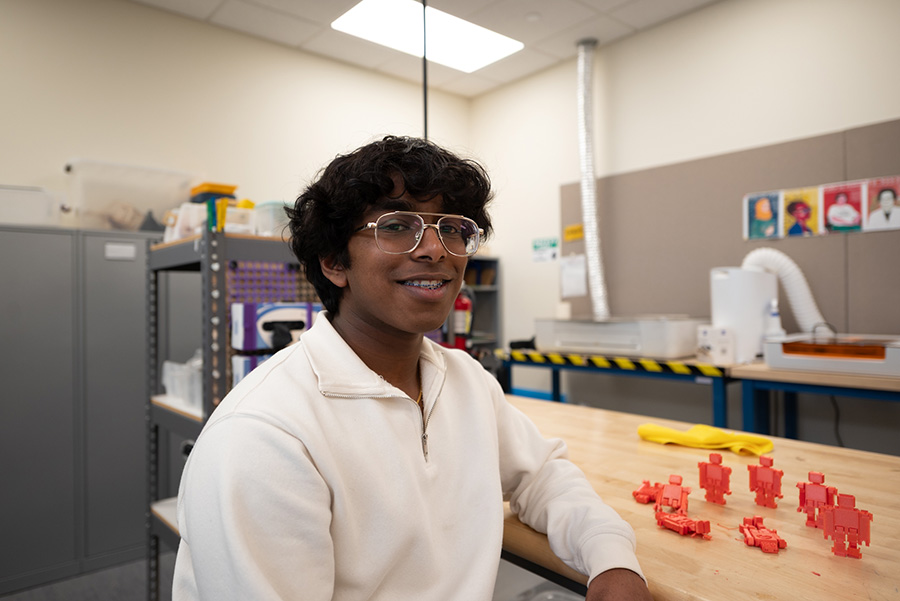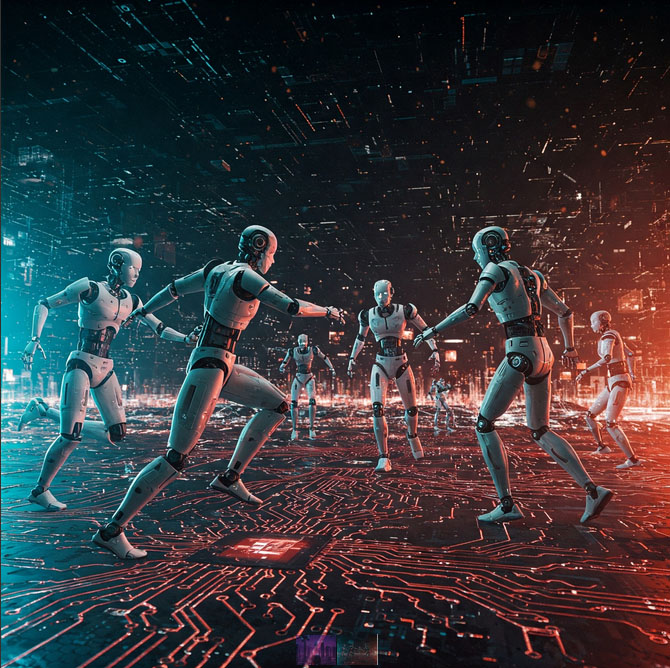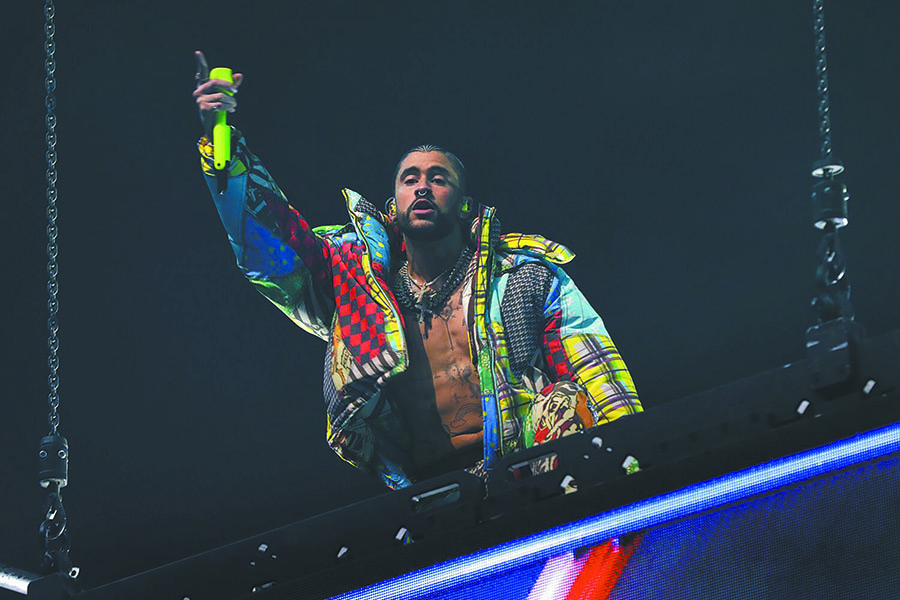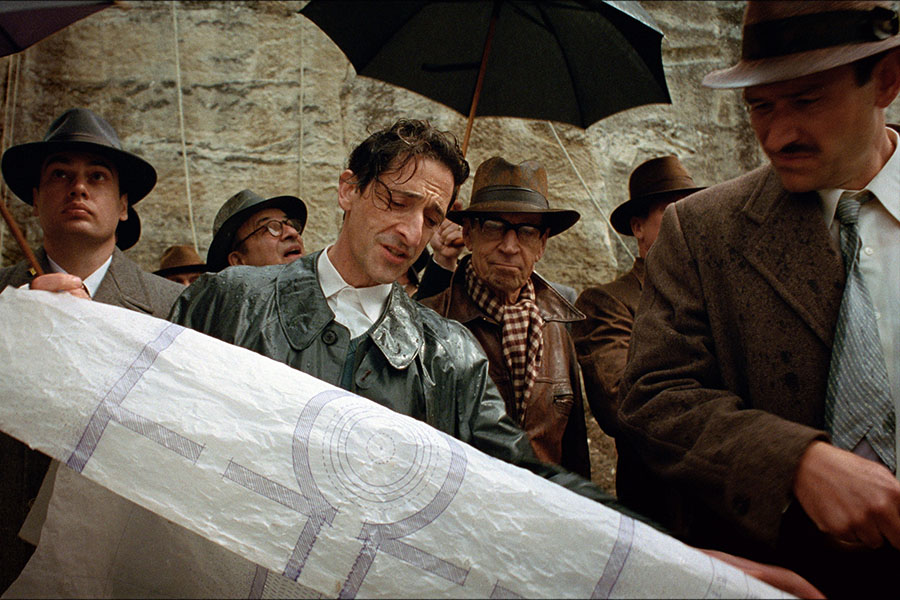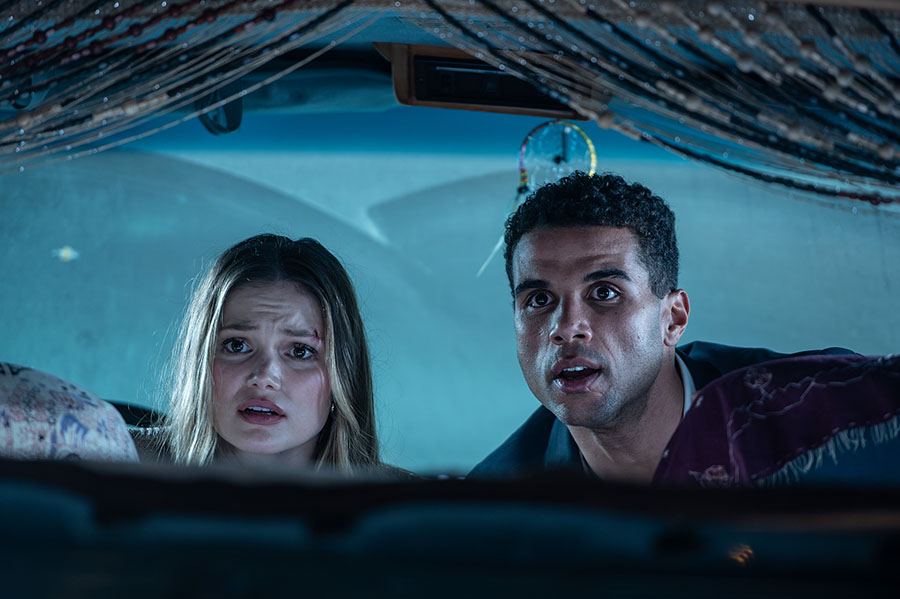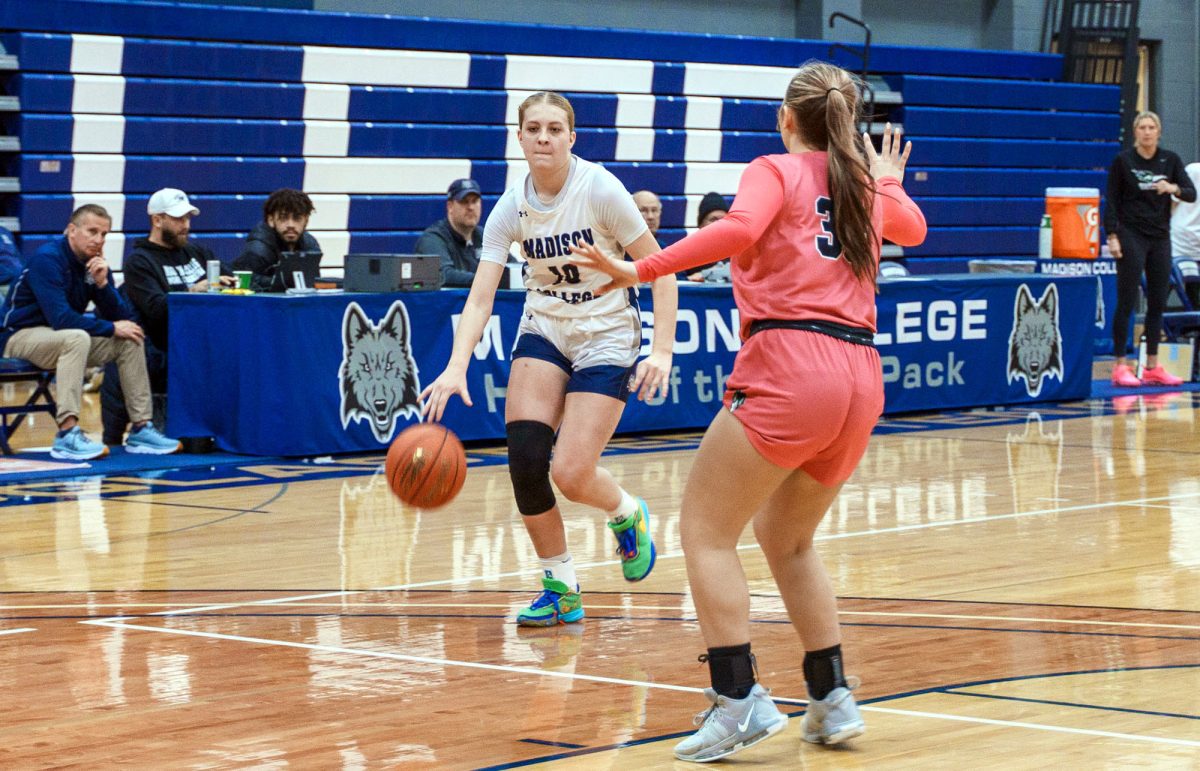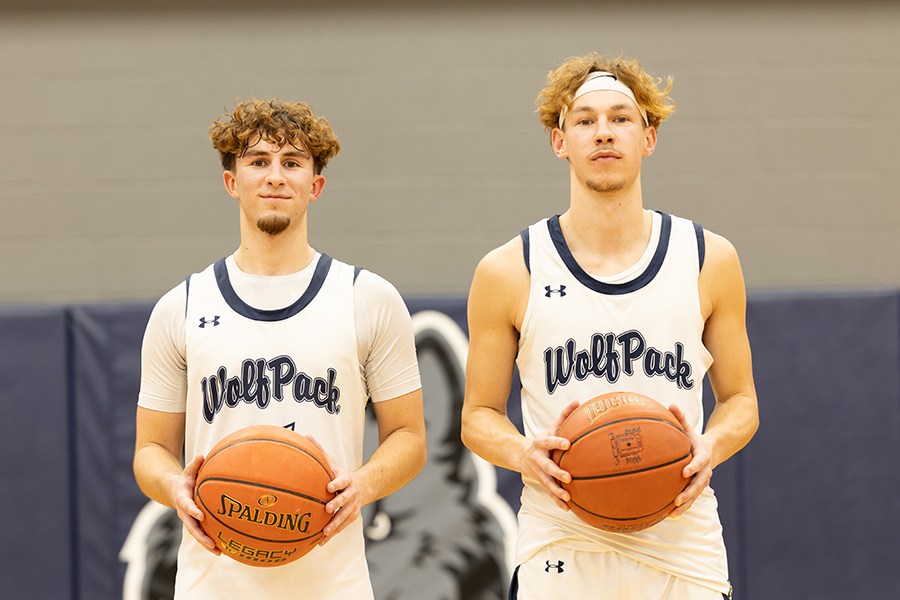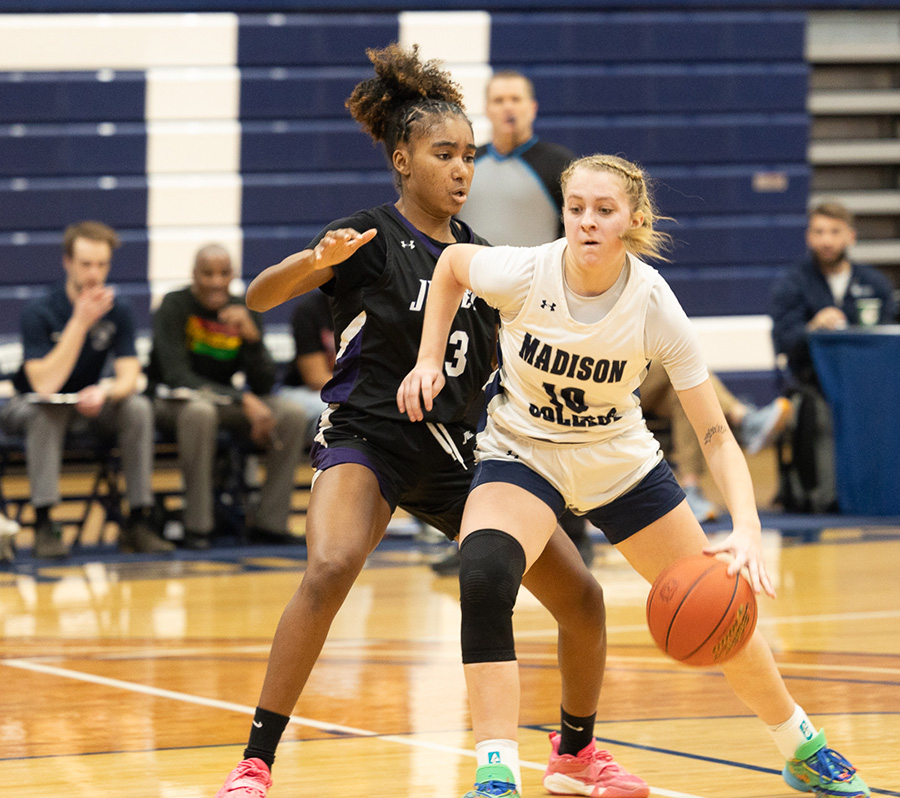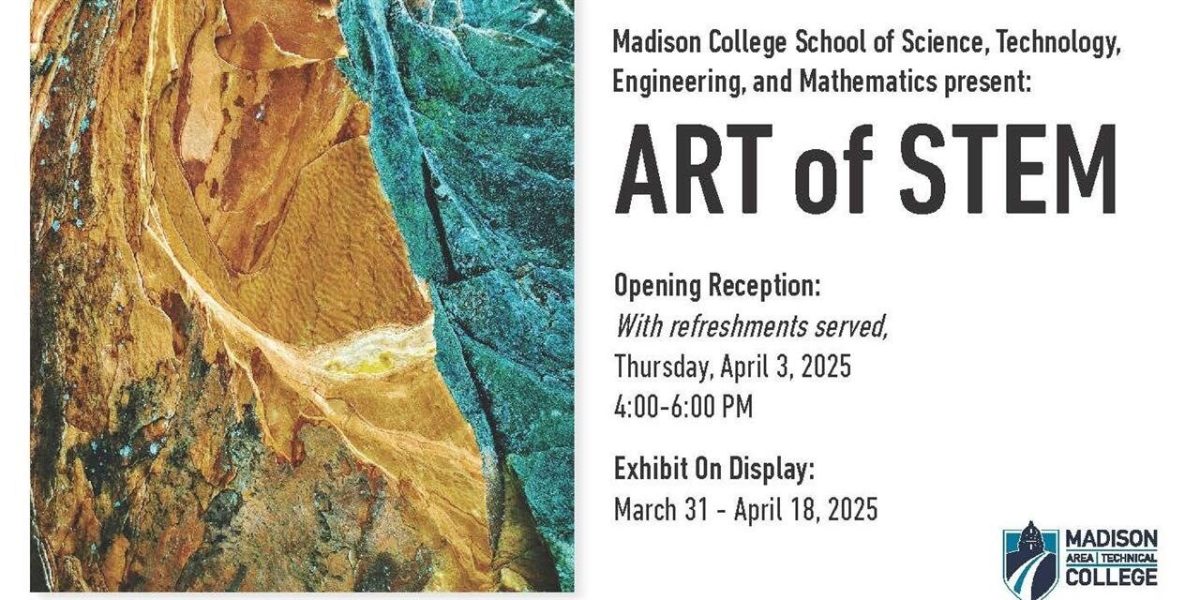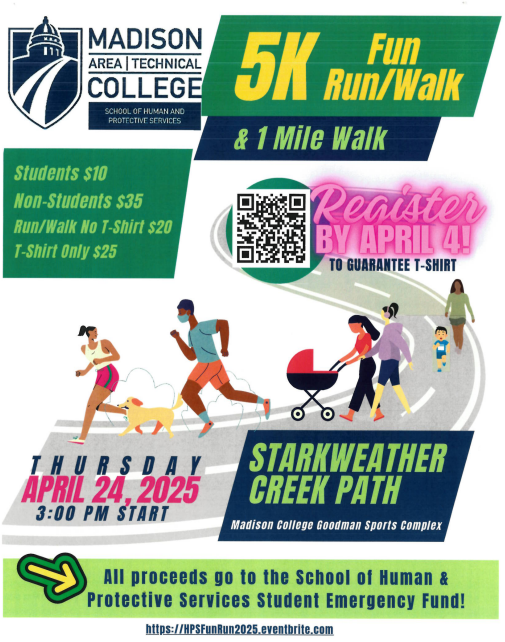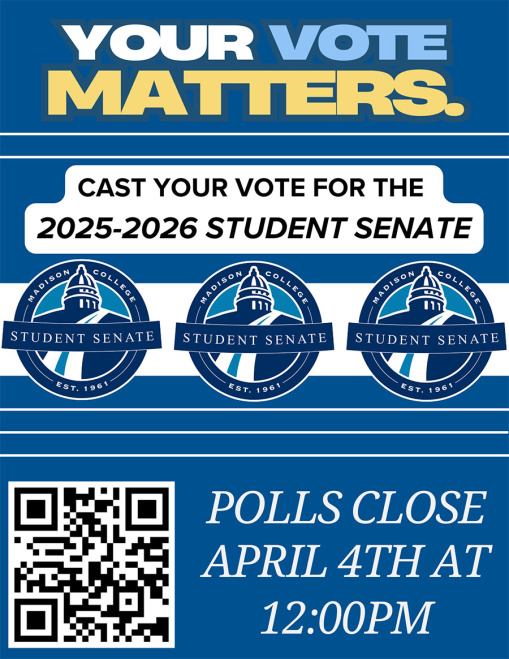Why are drive-throughs so popular in the United States?
October 16, 2019
I’ve wanted to write a review on East Towne’s new Portillo’s for months, but not because of the food. Portillo’s markets itself as a Chicago restaurant selling Chicago things, and on that promise it delivers just fine.
If you want Chicago dogs, or hot italian beef, you will find the offerings at Portillos perfectly acceptable.
What really left an impression on me was the drive-through. The crawling line around the building is perhaps the most authentic Chicago experience Portillo’s serves; it perfectly simulates what it’s like to be stuck in traffic.
To be fair to the restaurant, they’re trying their best. Rather than the traditional one at a time method, employees with tablets wander amongst the idling cars, taking orders as fast as they can.
Still, Portillo’s doesn’t quite serve fast food, and despite their best efforts you might sit in line for 20 minutes. All this leads you to wonder, why is this one of Chicago’s favorite restaurants? Are its citizens masochists? What depraved restaurateur came up with this idea in the first place?
It was actually banks that pioneered the drive-through, and from their standpoint, they’re quite logical. Banks deal with all kinds of high-security business, for which the drive-through provides many benefits. It’s much harder to rob a bank from the drive through. On the customer’s end, individual stalls outside the bank are more private than the big counter inside, and a drive-up ATM keeps money accessible beyond limited business hours. For these reasons, drive throughs have been an integral part of the American bank for almost 90 years.
Now, think about this for a second, why do we do the same thing for food? Drive throughs make sense from the employees’ perspective: the less time customers spend in the building, the fewer messes will have to be cleaned up. But as consumers, why do we accept that mess being transferred into our cars? No matter how careful you are, eating in the car inevitably results in some level of spill.
Still, I get the impulse to get fast food to go. There are few atmospheres less welcome than the stiff dining room of a Burger King. So if you want to take your food elsewhere, walk inside to get it. In my experience, either method of takeout takes the same amount of time. Hauling your car through a line only wastes gas. A modern car takes about 10 seconds worth of extra fuel to start up, so unless the drive through line is ten seconds long, parking and walking in makes way more sense.
Of course, there are those who find it difficult to get out of their cars, and it’s for those people that the drive through should really be reserved. For those of us that can easily walk, using the drive-through is the fast food equivalent of taking the handicap-accessible toilet. It feels great to have the king-size stall, until those wheels roll up outside the door. Every time you choose to walk in to McDonald’s, you’re saving the drive-through for someone who really needs it.
Maybe this isn’t the most effective time to make this plea. Winter is coming, and people will soon do whatever they can to never step outside. Still, next time you find yourself at the back of a car-based line, consider trying the alternative. I realize that we may never fully kick them to the curb, so I would be happy to see people hit the brakes on the drive-through, even on occasion.


